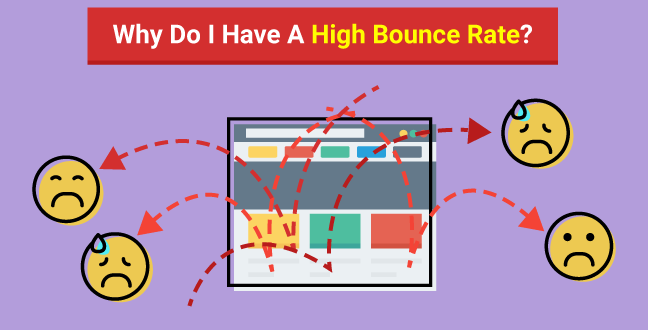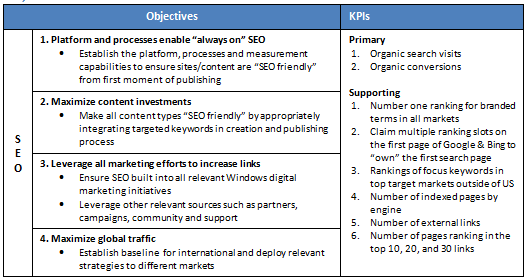
One way to increase the visibility of your website is by using descriptive text in the form of anchor text. Use descriptive text to help search engines index images. However, familiarity with anchor text does not necessarily lead to higher SERP rankings. There are many ways to optimize anchor text, including distinguishable anchor text. Some platforms allow you to customize your webpage, blending the anchor into the surrounding text. Here are some best practices to optimize anchor text.
Branded anchors
There are many types of anchors online. Marketers should be careful about the words they use when choosing anchors. Diversification is the key when it comes to optimizing your site. Make sure that your anchors point to pages you trust. Synonyms are also possible. Below are some tips on how to use brand anchors.
Branded hyperlinks are links that have the brand name. These are useful in building brand recognition, and they are not considered spam. Use branded anchors sparingly and avoid keyword stuffing. Google could mistakenly identify your links as spam. This is a great method to improve your website's credibility, without losing your link profile. You should keep in mind that not all websites permit you to name your brand.

Anchors for partial matches
Partial-match links are a variation in keyword-based link text. They usually link to a web site. You can link to another page about anchor texts. Partially-match anchors are usually done with LSI Keywords, which are search engine rank factors. Internal linking can also be a great way to increase rankings. You can read on to find out more information about partial-match links.
Exact-match anchors use one keyword. One example of an exact-match Anchor is "buy bridal dresses". Google will punish websites who use too many anchors that are not natural. To ensure maximum relevance, you should use partial-match anchors. Combining your brand name and the target keyword can work well. Search engine rankings can be boosted by partial-match keywords.
Anchors for long-tails
Long-tail anchors, as the name implies, are partial anchor texts with more words than a single one. These words are often subheadings or complete sentences. Businesses can also use long-tail links to attract more people and improve their visibility. Be careful. It's possible your competitors might copy your keywords. This could make your link text look unnatural. To avoid this, it is important to not use too many long-tail keywords.
Google's search algorithm changes constantly so long-tail anchors are a good idea. Google may detect your branded anchor text, and give you the benefit in around 70% of cases. Avoid over-optimization to make your anchor text more relevant. Instead, focus on the user experience. This will allow your site to rank higher on search results.

Similar anchors
You can link to another website or page with related anchor text by using a variation from your target keyword. Similar to partial match keywords related anchors are not limited to your keyword phrase. These variations of your keyword phrases help Google understand your links and diversify your link profile, minimizing the risk of spam penalties. Some link analysis tools lump random anchors together, including non-related keyword phrases. A related anchor text is a link that points to the same page.
Keep in mind the importance natural language when you create your anchor text. While backlinks are sometimes uncontrolled, natural languages are often used. You should be careful when using these backlinks on a large scale to avoid Google bringing up red flags. The following are the best practices to use when creating an anchor text.
FAQ
Where can I find my keywords
Consider what type of products or services your company offers and who your ideal customer might be before you start looking for standard terms. Once you have your list of phrases in hand, you can use Google Keyword Planner tools to identify the phrases people search for. Or you can go straight to search engines like Bing or Yahoo.
What are different SEO strategies?
Different SEO strategies can be used, including search engine optimization (SEO), paid-per-click (PPC), and social media optimization.
SEO optimizes content using certain keywords. This can be done with text formatting or HTML code.
This allows you to rank higher in search results.
Social media optimization (SMO), in contrast, involves optimizing your site for social networks like Twitter and Facebook.
These are a great way to build your online brand and make visitors more likely visit your site when they search for similar topics.
PPC ads can also be found at the top of search results pages. They show relevant products, and services.
Advertisements on Google paid searches are the most popular type of PPC advertising. These cost money but can be extremely effective.
Other forms of PPC advertising include video ads, sponsored posts, and display ads.
What is a PPC advertising?
Pay-per–click ads are text based advertisements that appear at top or bottom on a page.
These ads are highly targeted and advertisers pay only when someone clicks them.
PPC advertising is very similar in concept to Pay Per Call advertising. We'll talk more about this later.
How can I get more traffic from Facebook?
Facebook has many options to increase traffic and engagement to your site. Facebook ads is one of the most effective ways to increase traffic to your website. Facebook ads allows you to target specific groups based on location, demographics, interests, and even where they live. You can even set a daily budget and see which posts perform well.
How much does SEO cost?
SEO costs are dependent on the size of your company and industry. Smaller companies may only require a few hundred dollars per month, while larger companies will likely spend thousands per month. You can use our SEO calculator to get an estimate of the cost.
Statistics
- These guides are designed and coded 100% from scratch using WordPress. (backlinko.com)
- Deleting those 10k pages is one of the main reasons that he improved his site's organic traffic by nearly 90%: (backlinko.com)
- Which led to a 70.43% boost in search engine traffic compared to the old version of the post: (backlinko.com)
- Sean isn't alone… Blogger James Pearson recently axed hundreds of blog posts from his site… and his organic traffic increased by 30%: (backlinko.com)
- : You might have read about the time that I used The Content Relaunch to boost my organic traffic by 260.7%: (backlinko.com)
External Links
How To
How do you create your first blog site?
It's simple! WordPress is a great tool to create a blog. You can edit the appearance of your blog by creating themes, changing fonts, colors, or customizing it. You can also use plugins to change the appearance of your website based on visitor activity.
There are many free templates available on wordpress.org, as well as premium templates that you can purchase. Premium templates come with additional features such as extra pages, extra plugins, and advanced security.
Once you have downloaded your template you will need a free account to upload your files, and then to manage your blog. There are many hosts that offer free accounts. However, there may be restrictions on how much storage you can use, the number of domains you can host, or how many emails can you send.
If you decide to use more than one domain name, you'll also need to buy separate email addresses. This service may be charged by some hosts.
You might be new to blogging and wonder why it is worth paying to have your blog hosted online. The majority of hosts offer unlimited storage so files aren't deleted even if accidentally deleted.
Many hosts let you host multiple domains. That means that you can have different websites under the same hosting plan. It is possible to avoid multiple email accounts by registering for one interface, allowing you to manage all of your sites from the same place.
Some hosts include social media sharing icons on their dashboards. This allows visitors share posts easily across the internet.
Many hosting providers offer tools that allow you to manage your blog. You can check the performance stats for your site, view how many visitors each article has received, and even compare your traffic to other blogs.
These tools can make managing your website easier and quicker, so it's worth taking a look at them before you commit to a hosting plan.
To sum up:
-
Select a topic that is relevant to your business.
-
Create engaging content;
-
Optimize your site using SEO techniques;
-
Promote your site using social media channels;
-
Keep an eye on your statistics to see if you can make any changes.
-
Don't forget to update the blog often.
In other words, create quality content, promote it effectively, track its success.